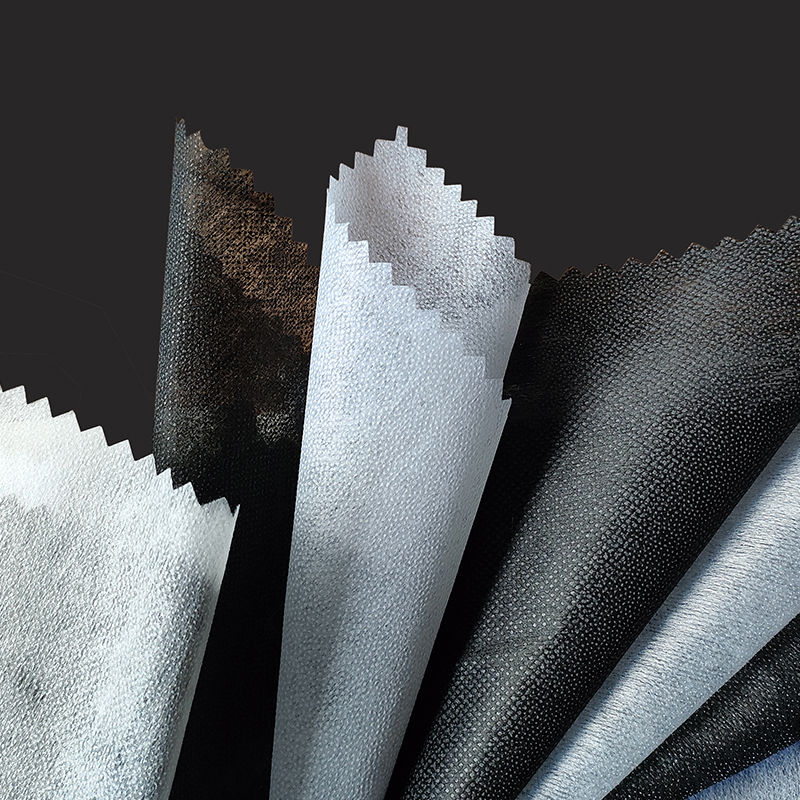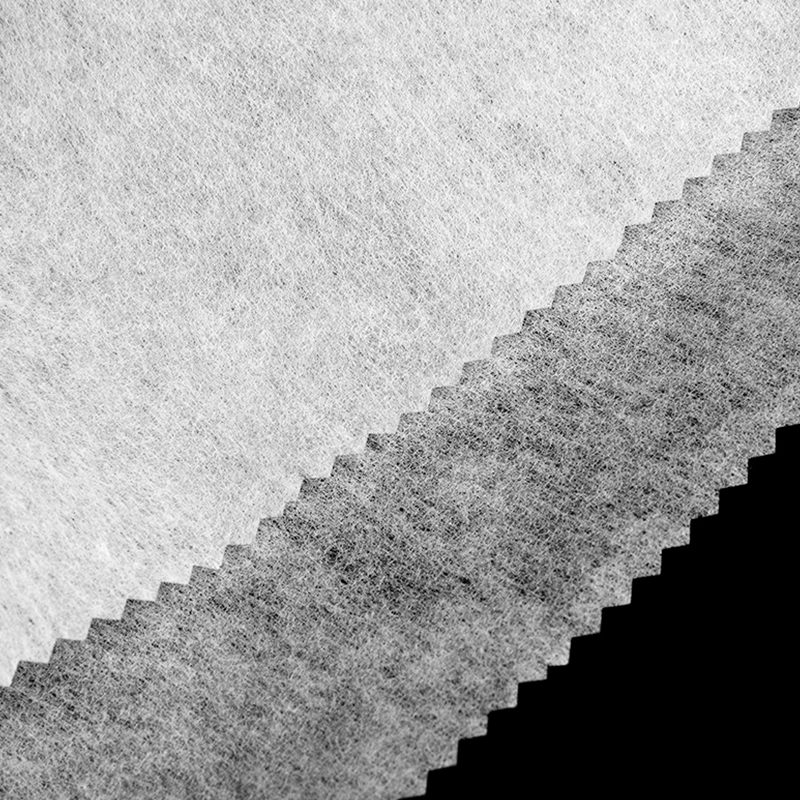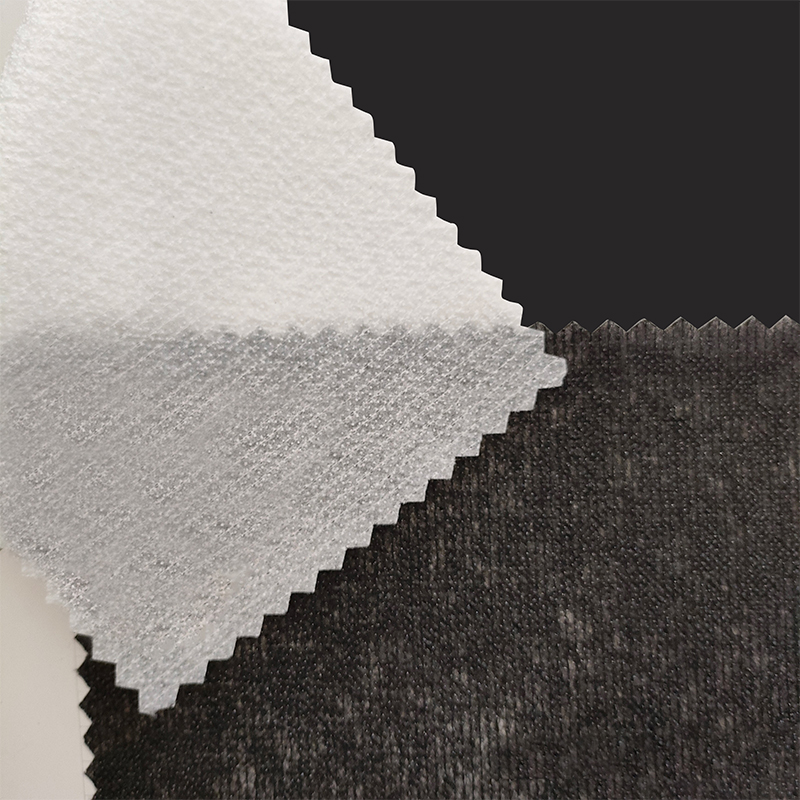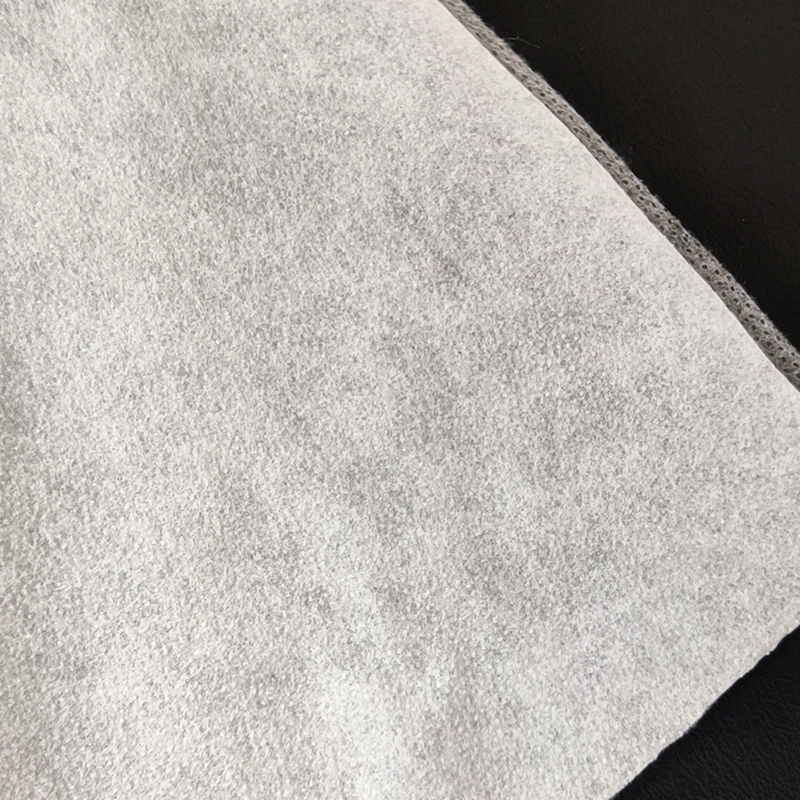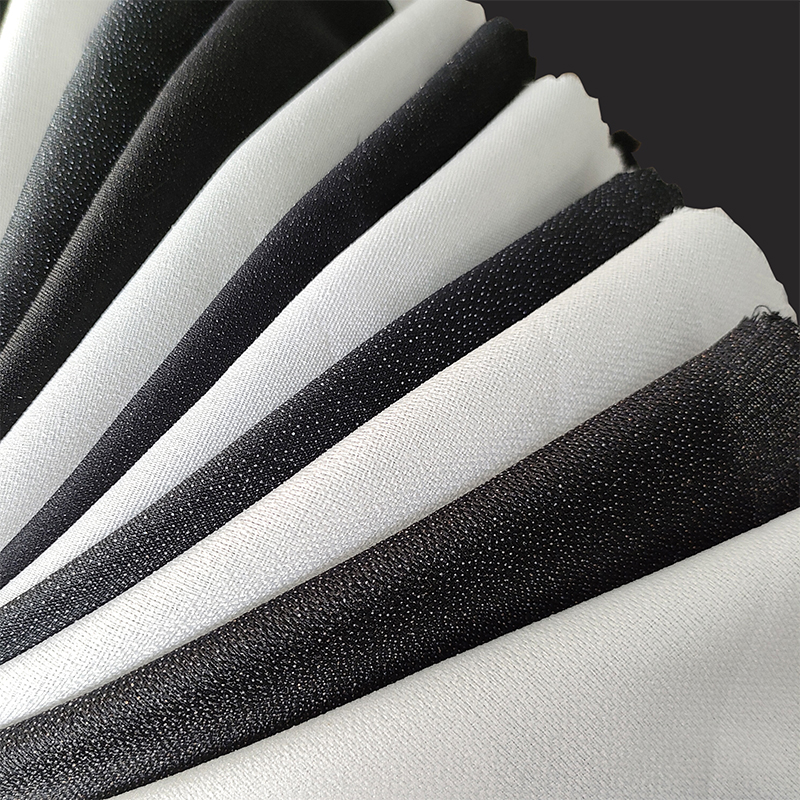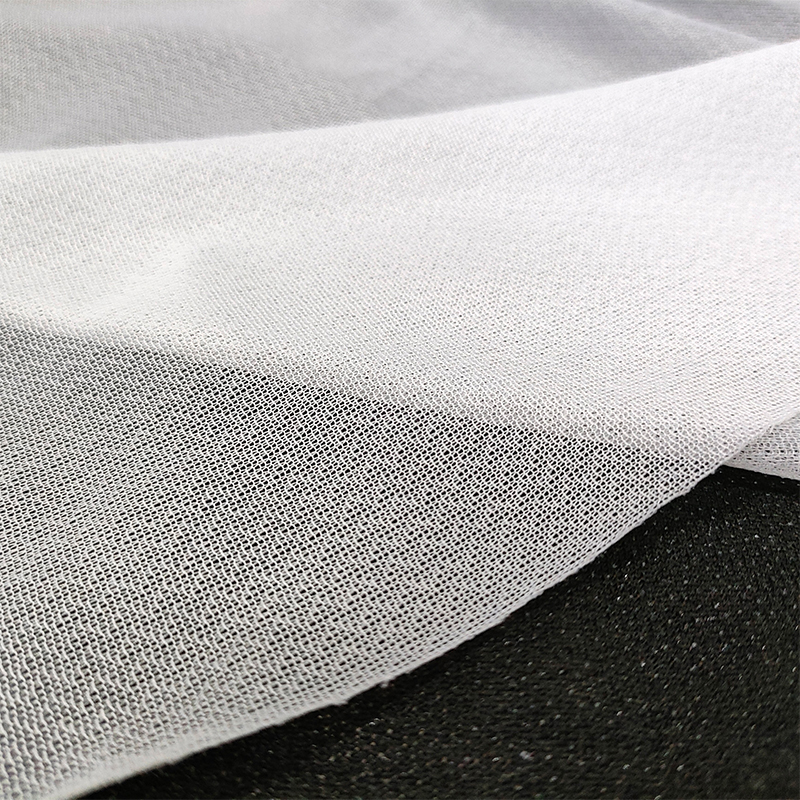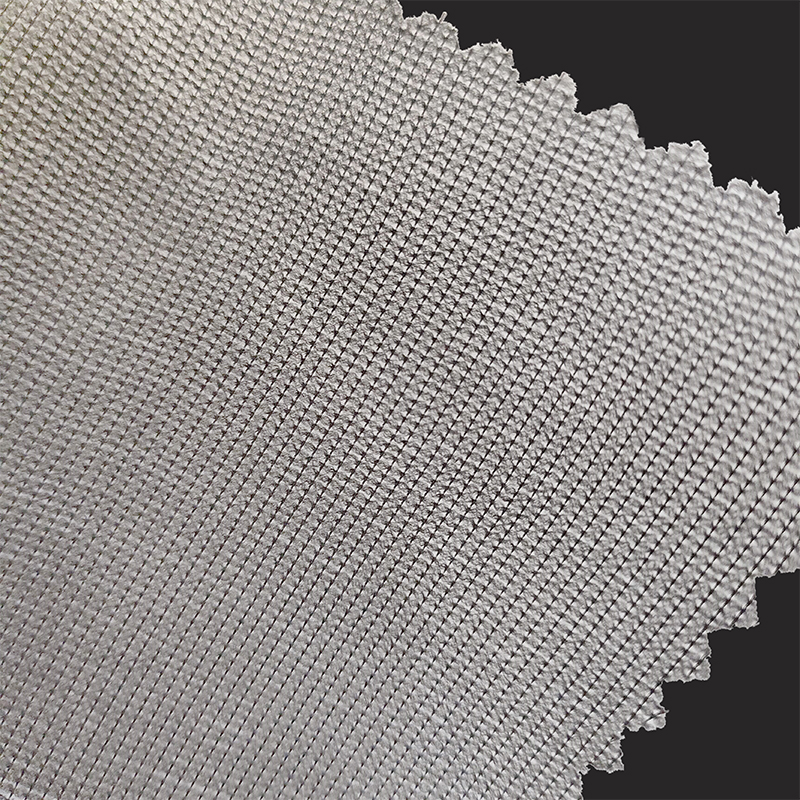Non-Woven Interlining Explained
1. Core Definition
"Hidden skeleton" for fabrics: A textile reinforcing layer fused or sewn between garment layers (e.g., collars, cuffs) to add structure/stiffness.
Made from non-woven fabric: Manufactured by bonding fibers (usually polyester or polypropylene) without weaving.
2. Key Functions
Shape reinforcement: Prevents stretching, keeps collars/cuffs crisp.
Stabilize delicate fabrics: Supports silk, lace, or knits during sewing.
Simplify construction: Allows curved seams (e.g., lapels) to hold molded shapes.
3. Bonding Methods
Fusible interlining: Coated with heat-activated glue; ironed onto fabric.
Use: Shirt collars, waistbands.
Limitation: May detach if overheated.
Sew-in interlining: Stitched between fabric layers.
Use: Heavy coats, leather garments.
Advantage: Withstands dry cleaning.
4. Types by Stiffness
| Type | Feel | Common Uses |
| Soft | Fabric-like drape | Dresses, blouses |
| Medium | Gentle support | Jackets, bags |
| Hard | Rigid, board-like | Caps, structured bags |
5. Advantages vs. Woven Interlining
Cost: Cheaper (faster production).
No fraying: Edges stay intact without hemming.
Uniform support: No grain direction → cuts/sews in any orientation.
6. Limitations
Not wash-proof: Low-grade fusible types bubble/peel after repeated washing.
Weak drape: Stiffens fabric unnaturally if weight mismatch occurs.
Heat sensitivity: Fusible glue damages delicate fabrics (velvet, sequins).
7. User Tips
Test first: Iron scraps with fabric to check glue bleed/stiffness.
Match weight: Light interlining for chiffon, heavy for denim.
Avoid puckering: Use steam when fusing; press, don't slide iron.


 English
English Español
Español Türk
Türk